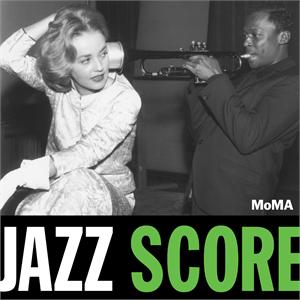
“Low Key Lightly,” “Midnight Indigo,” “Grace Valse,” and “Haupe.”īoth I Want to Live! (1958) and Odds Against Tomorrow (1959) are crime thrillers directed by Robert Wise. Ellington wrote and arranged most of the score, but Billy Strayhorn’s major contribution remains top-shelf too: the sensuous “Polly” music, a.k.a. On “Way Early Subtone,” spare duet passages of Jimmy Hamilton’s clarinet and Harry Carney’s baritone sax, voiced in 10ths and shadowed by hipster finger snaps, are magic.

The luscious “Flirtibird” surpasses it with a hip-swaying melody and call-and-response structure that showcases Johnny Hodges’ slinky, come-hither blues on alto. The memorable title sequence, a stalking blues with a backbeat as menacing as a husband liquored up and jealous, sets a high bar. The kaleidoscopic orchestrations, at once opulent and downhome, are played with the majesty of America’s greatest vernacular orchestra entering the peak of its postwar maturity. Recorded in 1959 for Columbia, Ellington’s episodic score for director Otto Preminger’s courtroom drama Anatomy of a Murder includes some of the composer’s most evocative themes. The music captures him pivoting toward the modality of Kind of Blue, and there are moments of plaintive abstraction that presage later mood pieces like 1966’s “Circle.” His scampering lines on “Sur l’Autoroute,” tightly muted and fiercely articulated, remind you how strongly he influenced a young Wynton Marsalis. Davis, whose chops now approach the strength of his personality, transcends. The mostly French players-tenor saxophonist Barney Wilen, pianist René Urtreger, bassist Pierre Michelot, American expat drummer Kenny Clarke-rise to the challenge. Working with a few proto-modal harmonic sequences and no written melodies, Davis’ quintet created improvised sketches while watching projections of the film. In America, the music was released on one side of Jazz Track (Columbia). The original 10-inch LP, issued in Europe on Fontana, included 26 minutes. The trumpeter responded with electrifying music of brooding detachment and existential freedom. All date to 1957-59, when filmmakers in Hollywood and Europe were beginning to find in jazz scores a more relevant, contemporary mirror of the energy, angst, and expression of life in the atomic age.įrench director Louis Malle asked Davis to improvise a score for Ascenseur pour l’Echafaud, a noirish step toward the New Wave, in late 1957. But the Davis, Ellington, Mulligan/Mandel, and Lewis/MJQ recordings define a clique of their own.
/cdn.vox-cdn.com/uploads/chorus_image/image/4428241/20121203_jla_ai4_407.0.jpg)
Ensembles range from small groups to big band and chamber orchestra. These reflect multiple styles and idioms, from modern mainstream to East Coast hard bop, West Coast cool, modal, postbop, Third Stream, and avant-garde.

I would elevate eight to the top tier: Miles Davis’ Ascenseur pour l’Echafaud (Elevator to the Gallows) Gerry Mulligan’s The Jazz Combo from I Want to Live! (composed by Johnny Mandel) Duke Ellington’s Anatomy of a Murder the Modern Jazz Quartet’s Odds Against Tomorrow (both the John Lewis-composed soundtrack and the MJQ record) Freddie Redd’s Music from the Connection (discussed in my Chronology column of July/August 2021) Sonny Rollins’ Alfie and the Art Ensemble of Chicago’s Les Stances à Sophie. However, I am less interested here in what happens on screen than what happens on record: What are the greatest jazz recordings connected to film? Those that rank with the best music produced by a particular musician or group.


 0 kommentar(er)
0 kommentar(er)
